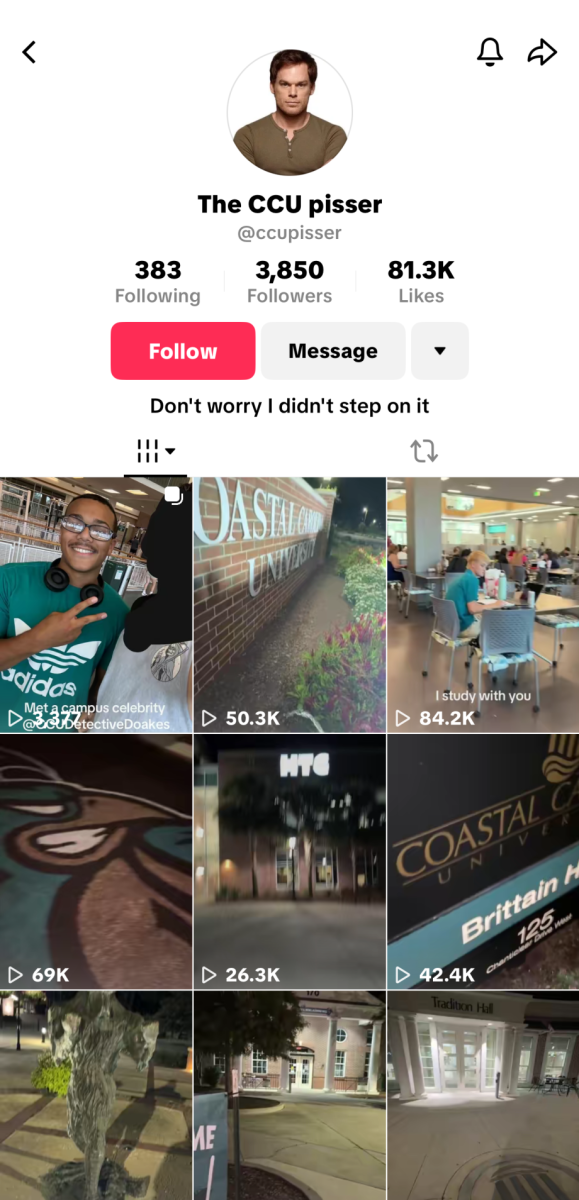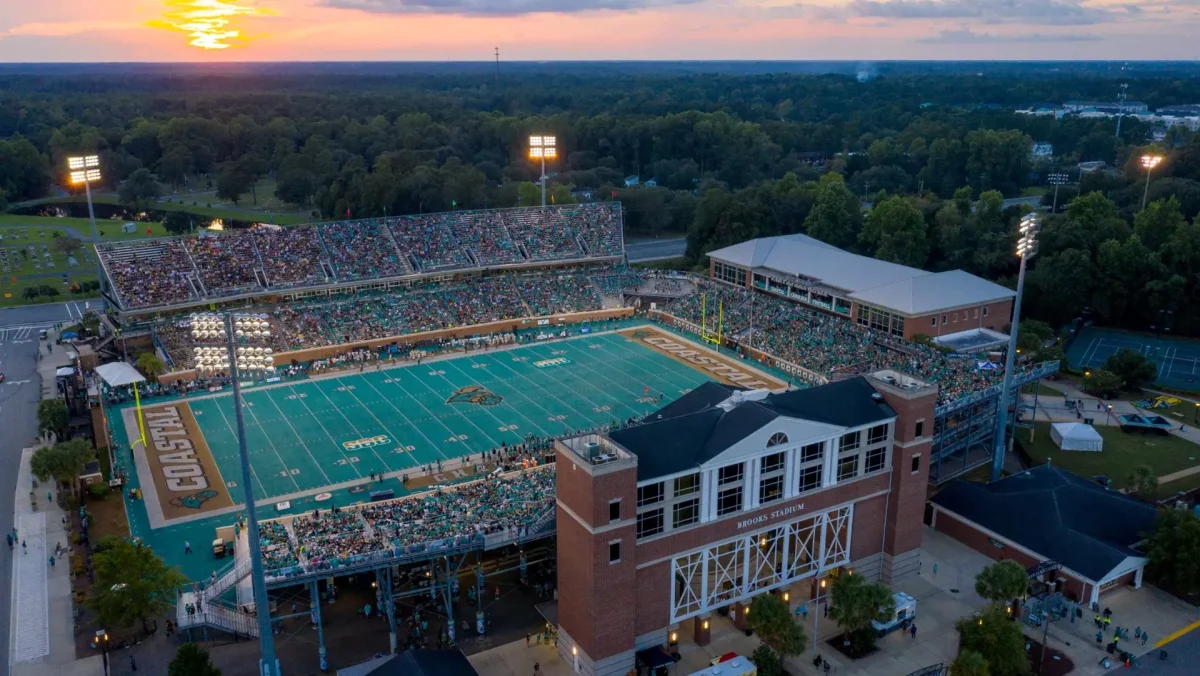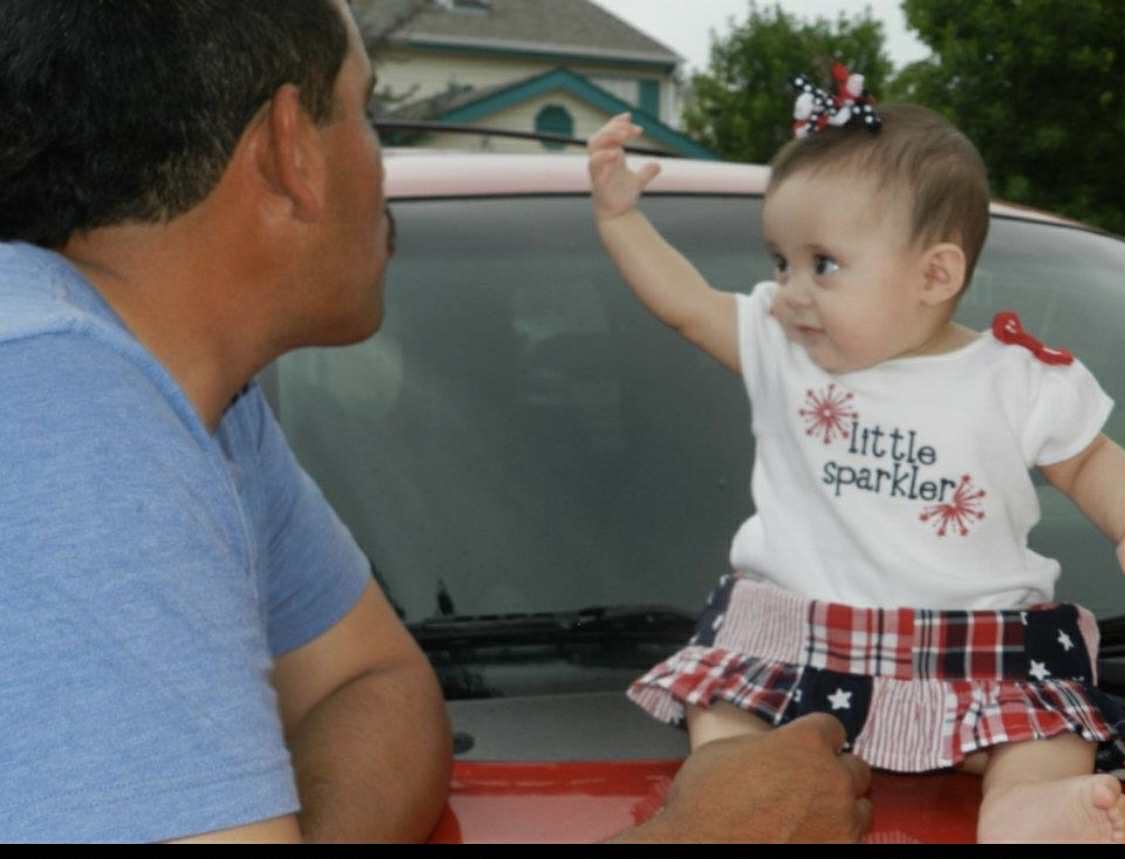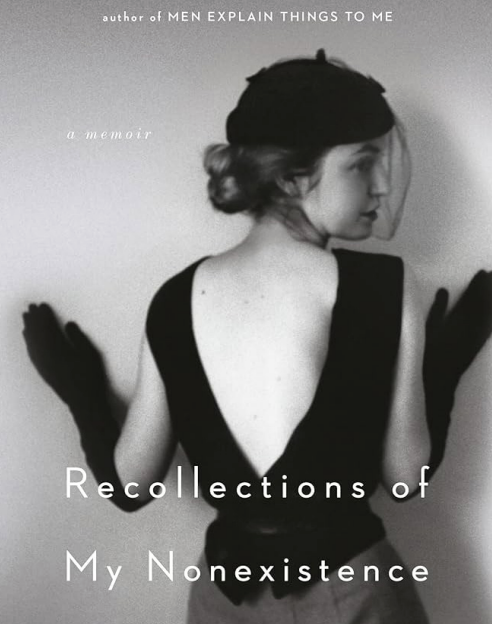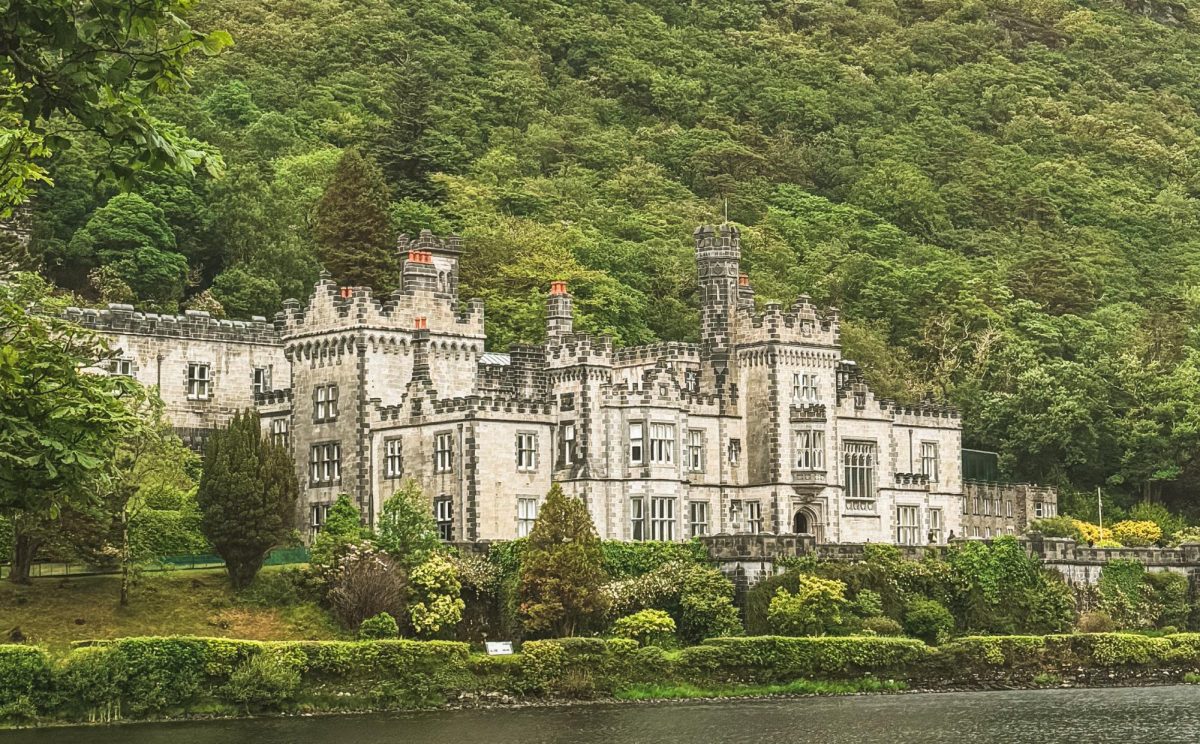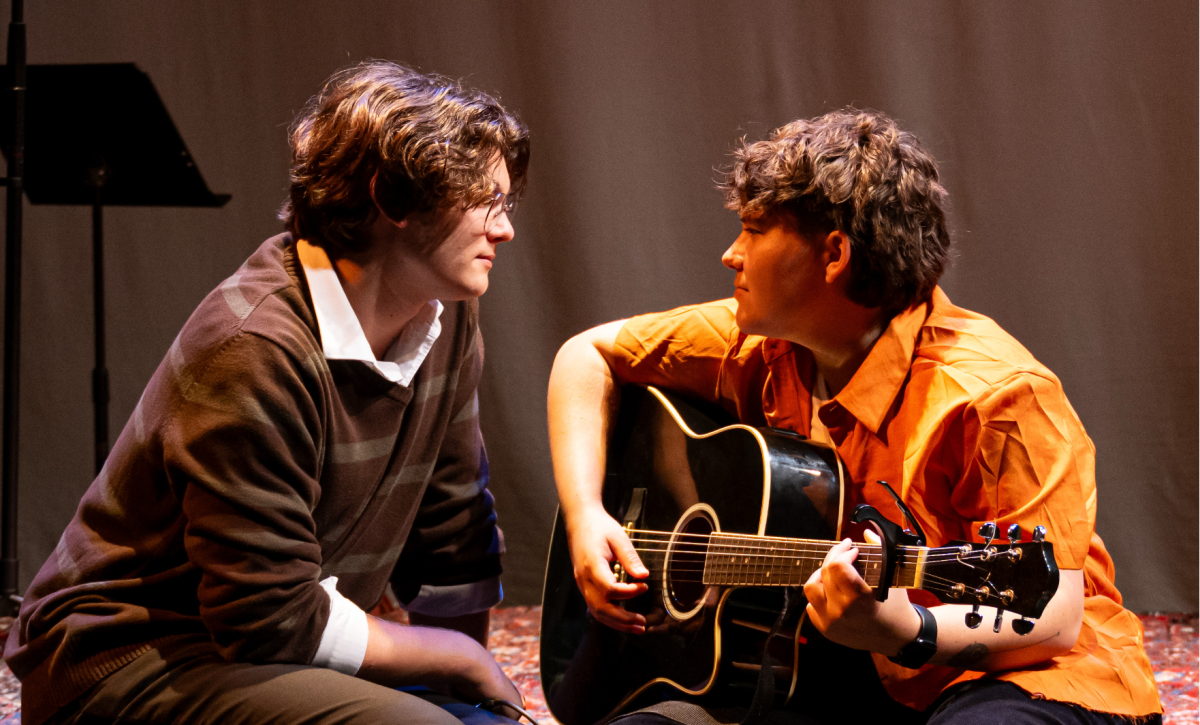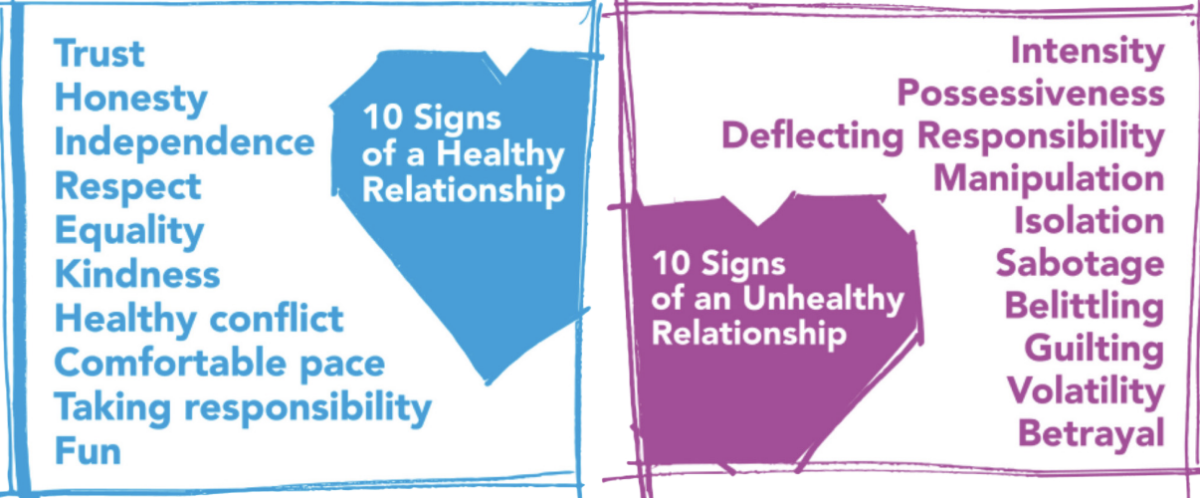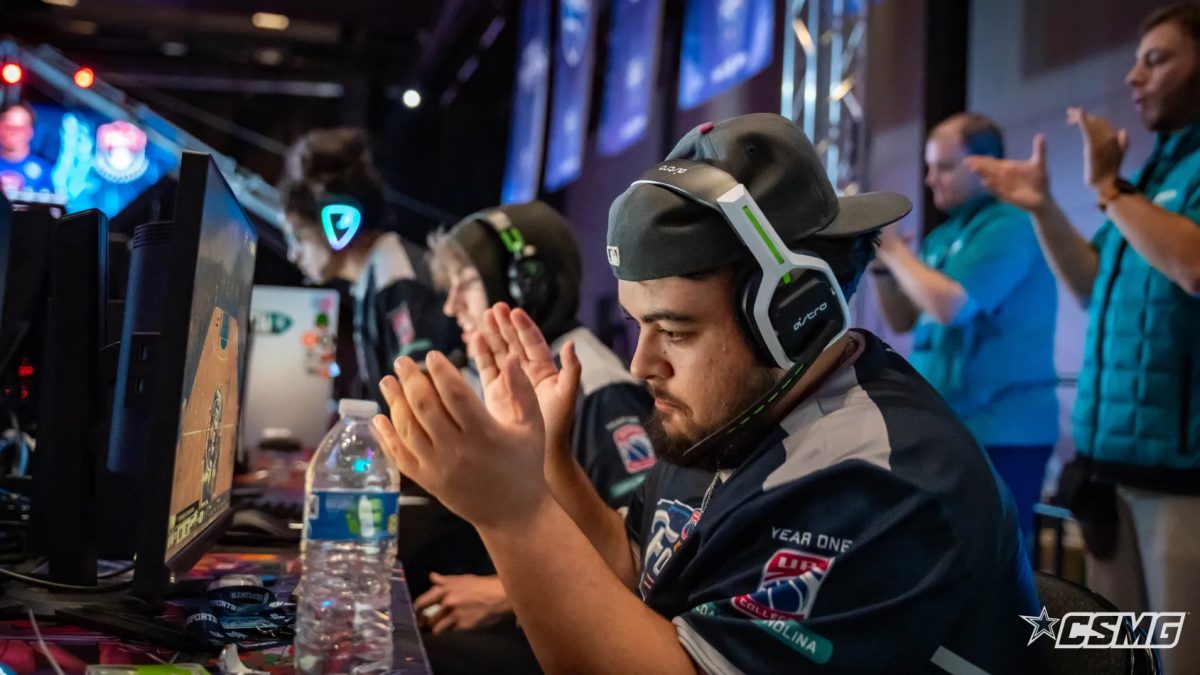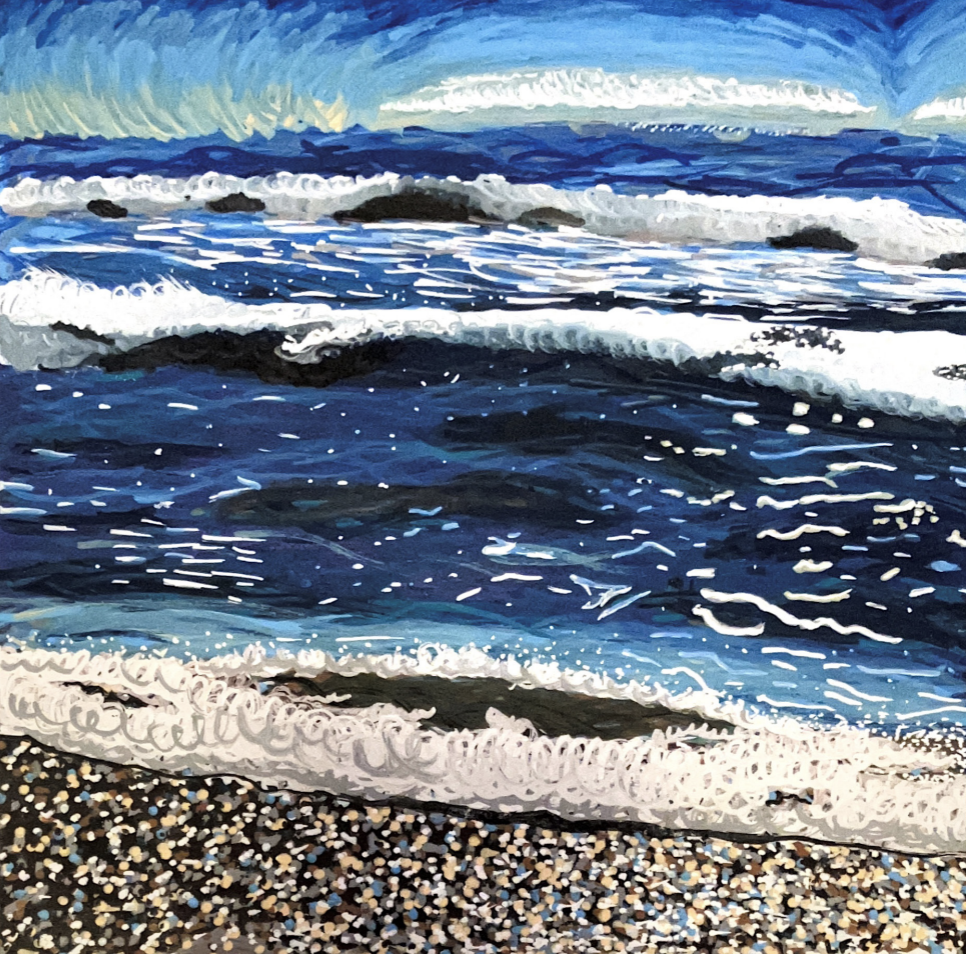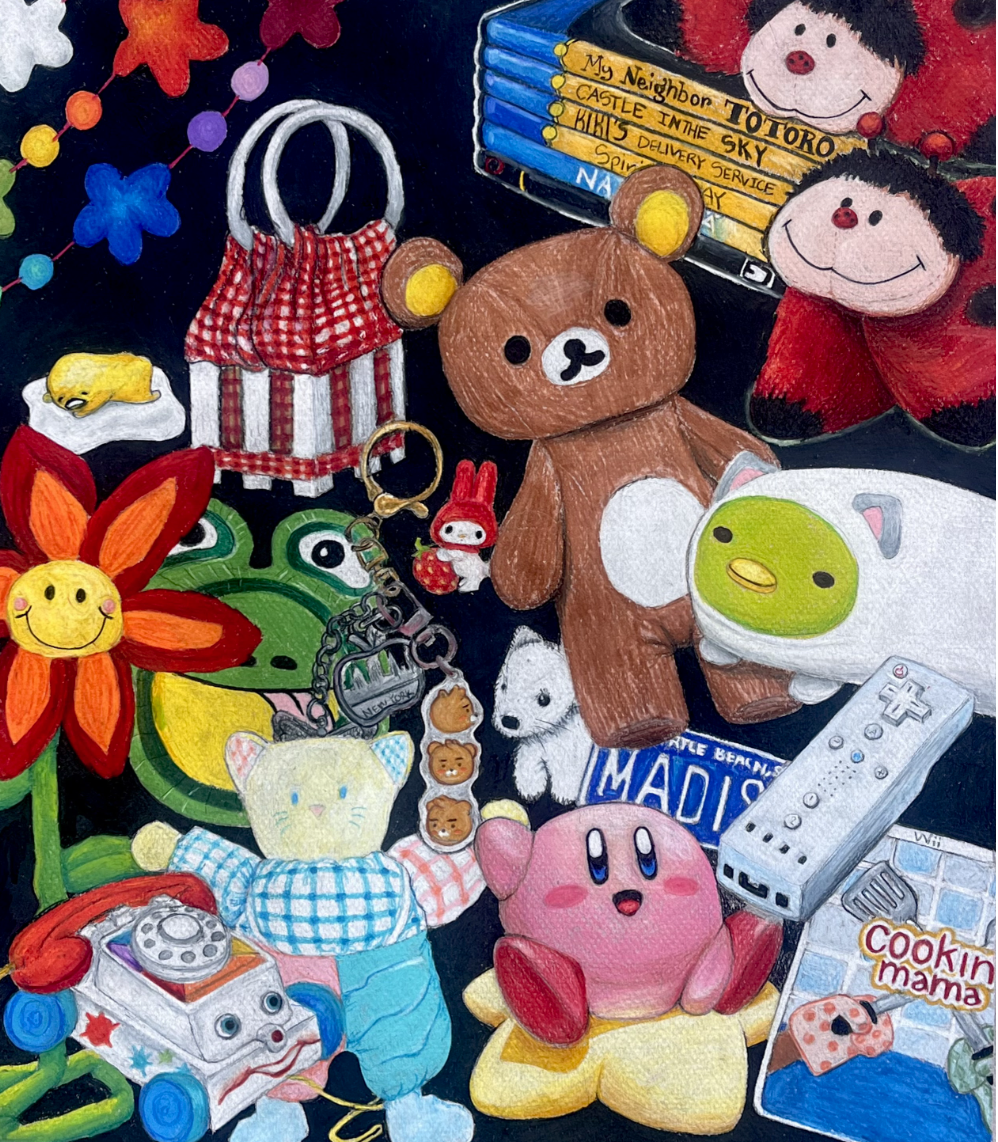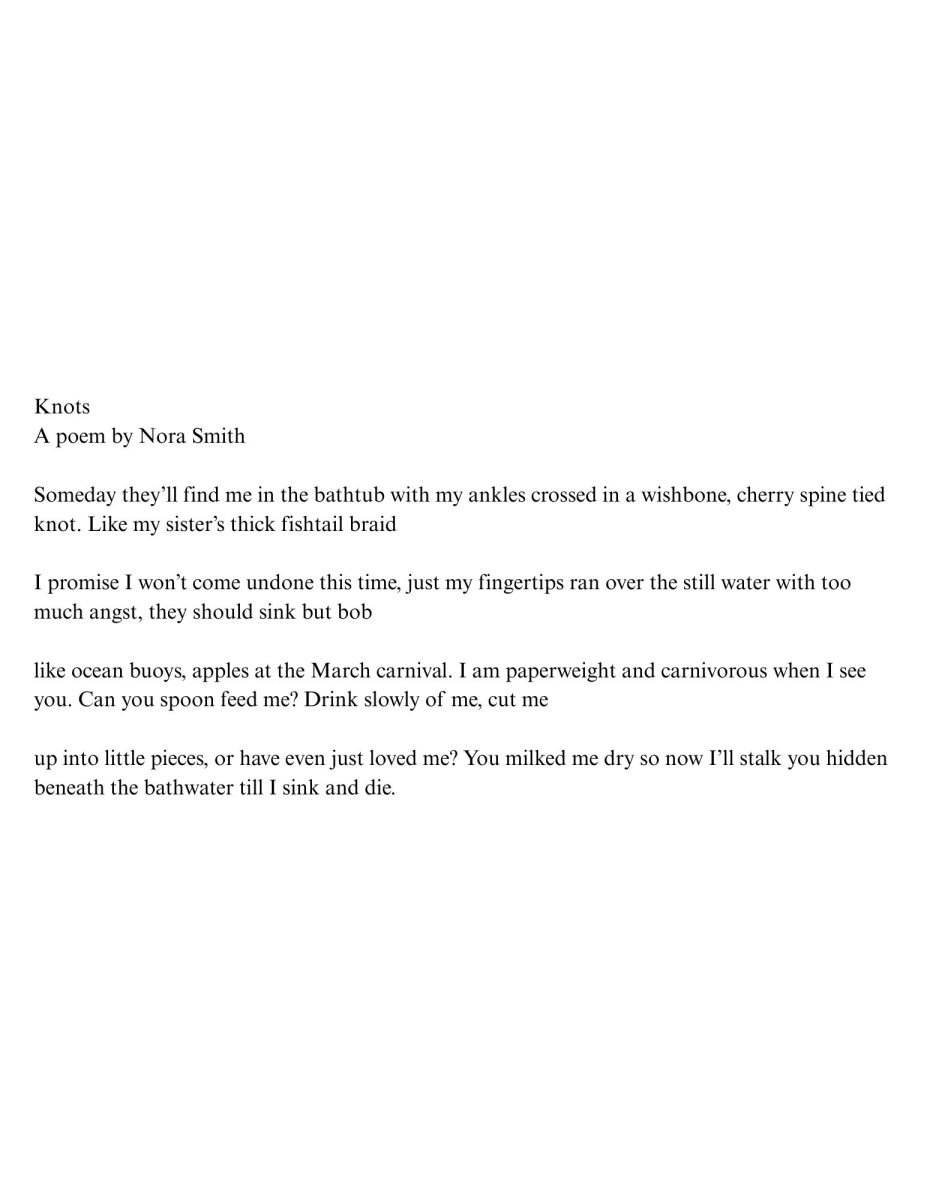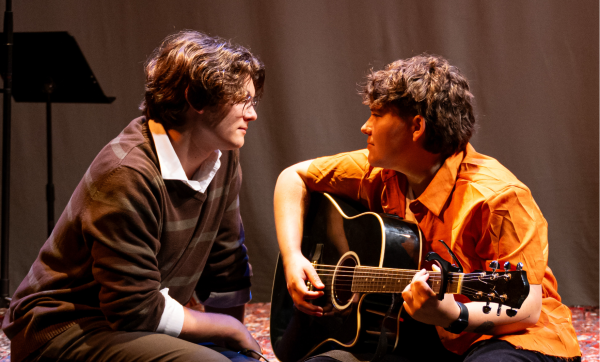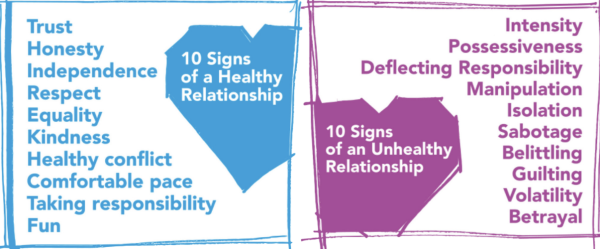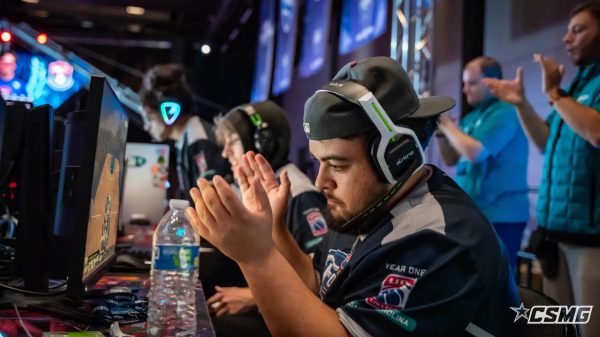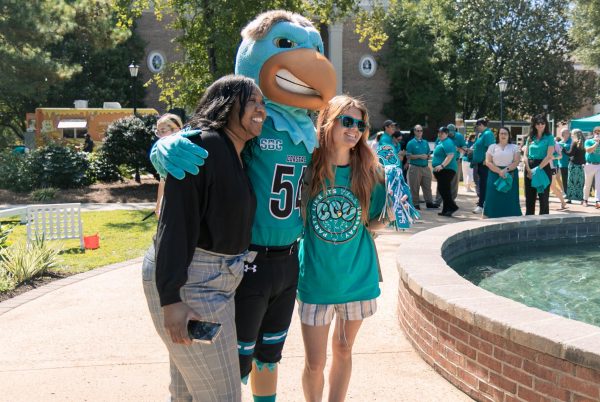Artistic AI: revolutionary or repulsive?
James Earl Jones, the voice of Darth Vader and greatly renowned actor, recently announced his retirement
from his work as the iconic “Star Wars” character. He has also authorized the use of his voice in future projects through artificial intelligence.
Artificial intelligence (AI) has become an integral part of everyone’s lives in the past decade alone. From Amazon’s Alexa to personalized marketing on social media, it’s almost impossible to escape the presence of the new technology today.
While many people are worried about AI outsmarting humanity, many artists have a different concern: a future devoid of human creativity.
As an acting major, I share the concern of my artistic colleagues. This could encourage the further substitution of
AI for artists in many cases, causing the elimination of many artistic jobs. These circumstances, however, also prompt a much larger discussion of whether the modernization of creativity is an ethical and desirable pursuit.
Simply put, it would be impossible for a robot to fully mimic the human emotions required to create art that is honest and compelling. Even the most methodical actors in history have had to rely on their humanity to portray a fully realized human.
Uta Hagen, one of the most respected acting coaches of all time, details in her book “Respect for Acting” the sheer importance of implementing humanity into a performance. She also discusses the vital role appearing naturally plays when acting. While she presents many methods to delivering an outstanding performance, none of them contain a pattern which could be coded into a computer.
An AI art filter recently gained popularity on TikTok, a video-based social networking platform, where a user could input any word into the filter and the AI would almost immediately generate a visual interpretation of that word. Some images were fascinating at first, but the pieces soon became clearly patterned and monotonous.
The rise and fall of this trend clearly demonstrates the lack of sustainability found in robotic creativity. However,
in an age when many people care very little about the longevity of anything, an argument could be made in favor of artistic AI. Robots have the capability to create art in an instant, but humans must be willing to sacrifice quality for quantity.
AI could very easily replace visual artists. The same simply can’t be said for performing artists. While this replacement would be immoral, the technical logistics would also create an issue.
The Turing Test, named after Alan Turing, tests whether a machine can present a level of intelligence which is indistinguishable from that of a human. If a sort of theatrical Turing Test was created, no level of artificial intelligence would pass.
Artificial intelligence is certainly on the rise when it comes to efficiency and convenience. It’s reasonable to assume that artists aren’t going anywhere anytime soon.
A future devoid of creativity is certainly a grim one, but one that we’ll safely avoid if humans maintain high standards of quality within the arts.

